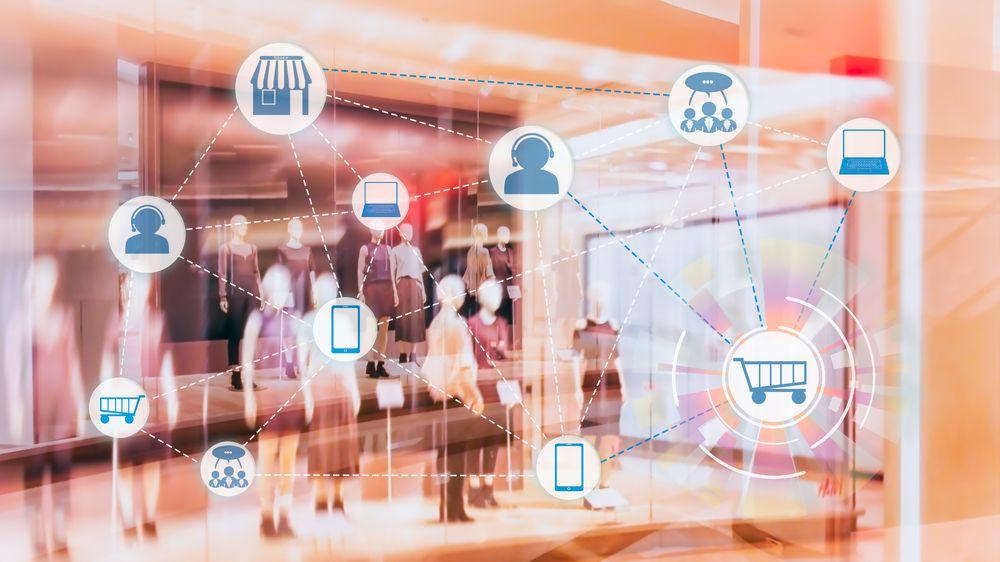


As our collective dependence on digital solutions increased manifold in the wake of the Covid-19 pandemic, the Customer Data Platforms (CDPs) industry grew exponentially.
Since most of the businesses (even the most tech-resistant ones like gyms, or local grocery stores) were forced by the pandemic to interact digitally with their customers, there has been a great influx of customer data, and brands have turned to CDPs for collating, sanitizing, and using this data.
According to a report by Twilio Segment, with the increased adoption of digital channels, 73% of companies report that a CDP will be critical to their customer experience efforts. Furthermore, the increasing use and popularity of Customer Data Platforms is shown by a CDP Institute report which estimates CDP Industry revenue for 2021 at $1.6 billion.

The founder of Customer Data Platform Institute, David Raab, defines a CDP as "a packaged software that creates a persistent, unified customer database that is accessible to sales, customer service, online advertising, point of sale, and any other customer-facing system."
In other words, a CDP is essentially a software solution that can collect the data from all the customer touchpoints and then sanitize that data to make it usable for various teams in the organization. The touchpoints may include, among others, transaction history, social channels, sales and service interactions, and smart device usage data.
It is quite common today for customers to switch between multiple devices while interacting with a brand. For example, a person interested in buying shoes may browse Amazon on his smartphone, then put a few shoes into his cart from his work computer, and finally buy one of the shoes on his laptop after returning home.
The data generated from these touchpoints across devices and channels needs to be collated and synchronized if brands want to get a 360-degree view of the customer, and for this purpose, a CDP is required. Since CDPs collect first-party data, they are going to be incredibly useful for brands in the near future as third-party data collection is gradually being phased out by major players like Google and Apple.
Moreover, any reasonably large organization has multiple independent departments which deal directly or indirectly with the customer. These departments often find it very difficult to collate the data they collect from various data streams, which renders the data unactionable for relevant teams like the customer experience team or customer support team.
By presenting a unified picture of the data, CDPs remove the data silos that exist within the organization and provide the ability to compile, analyze, and act on all your customer data from a single platform. This ability can equip marketers and other stakeholders with some incredible insight into the business and help them manage the it so much better.
The following are some of the major benefits of a Customer Data Platform:

According to a report by SmarterHQ, 72% of consumers say they’ll only engage with marketing that’s personalized for them. But, for delivering a personalized experience, brands need to truly understand their customers on an individual basis.
A CDP provides a 360-degree view of the customer and enables brands to recognize and understand each part of the customer journey, including the different transactions between the customer and the business.
Based on the insights from the CDP, brands can understand customer behavior and tailor the experience of each customer to be completely satisfactory. By doing so, businesses are able to build long-term customer loyalty and create a good brand identity.
In order to put across the right communication to the right people at the right time, brands need to divide their target audience into segments. This segmentation can be done based on various parameters like age, income, number of interactions with the brand, etc.
By implementing a CDP, businesses can discover new segments because it lets them apply analytics to all the customer data at the same time, at the same place. The analytics software will still need the segmentation parameters that are relevant to a particular business, but a centralized data strategy makes the process much more efficient and effective.

To understand the relative success of different marketing campaigns running on different platforms and channels, businesses need to analyze each of their efficiency and return on investment.
CDPs allow businesses to gain these insights by putting the relevant data from different campaigns (or different instances of the same campaign) at the same place for comparative analysis.
Doing this exercise regularly can help businesses get into a cycle of constantly improving future promotions by leveraging the in-depth understanding gained from analyzing the last ones.
Businesses that already have a CRM are sometimes confused about its distinction with a CDP. While a CRM (Customer Relationship Management) system also collects customer data, unlike a CDP it only collects customer-facing interactions via manual entry.
A Customer Data Platform, on the other hand, automates data collection at each step of the customer journey and gives due importance to each interaction between the brand and the customers. Having a CDP does not undermine the importance of customer relationship management , rather it augments this importance with additional capabilities.
Before investing in any marketing technology, like a Customer Data Platform, you must have clearly defined needs, use cases, and the expertise required to use the technology effectively for meeting your business goals. Simply getting on the bandwagon of businesses getting a CDP will not yield desired results if the different teams in your organization are not trained to utilize it.
Moreover, many of the CDP solutions available in the market today are not enterprise-ready. Though CDPs have shown some early successes with mid-size brands, large enterprise brands have had different experiences and are quickly realizing that CDPs alone cannot solve their unique needs.
These large brands often require the experience and know-how of industry leaders like Epsilon whose enterprise-level CDP can help set apart the brand. The right CDP for your business is meant to optimize your operations, not to tie you up in endless hassles and training sessions.
Epsilon’s PeopleCloud Customer, for instance, can ingest and unify data for a single view of each customer, offers advanced predictive modeling tools, segments and orchestrates campaigns, and helps businesses enhance their products with premium data and decisions.
Therefore, while making a business decision regarding CDPs, or while trying to figure out how to build a Customer Data Platform their many benefits should be weighed in the context of how well it would fit in with the unique nature of your business. When due prudence is exercised, it can surely make a huge impact on your marketing efforts.